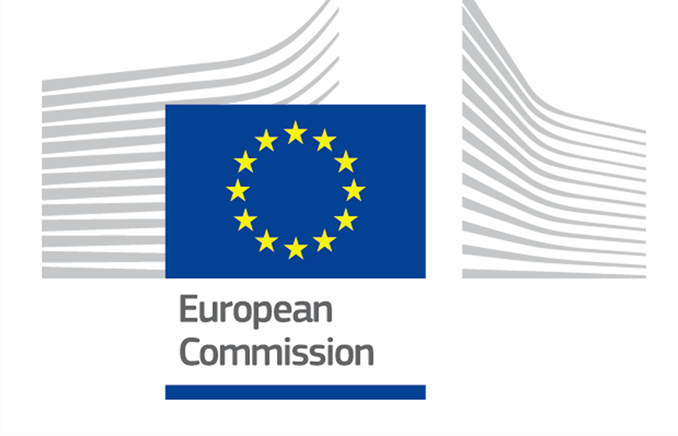Applying for Derogations from BAT

The EPA has published draft guidance in relation to the provisions of Article 15 of the Industrial Emissions Directive (IED) and to assist licensees seeking the application of less strict Emission Limit Values (ELVs) than those associated with Best Available Techniques (BAT).
Article 15
The IED requires licensed installations to comply with BAT and Associated Emission Levels (BAT-AELs) as stipulated in the relevant BAT Reference (BREF) documents or Commission Implementing Decisions (CID) on BAT Conclusions. A Commission Implementing Decision for BAT Conclusions will be published for each BREF reviewed under the IED. Where a CID on BAT Conclusions has been published, the EPA must ensure that ‘all permit/licence conditions for the installation concerned are reconsidered, where necessary updated’ and ‘ensure compliance with the BAT’. As such, if BAT Conclusions relating to your industry have been published, the EPA will initiate a licence review to implement BAT and the Associated Emission Levels (BAT-AELs) at your facility.
As it stands, these measures must be in place within four years from publication of the CID on BAT Conclusions.
Typically, the EPA is required to implement at a minimum the BAT-AELs set out in the CID BAT Conclusions. However Article 15 (3) allows the EPA to set an ELV other than those stated in the CID in terms of values, periods of time and reference conditions. This typically applies to facilities which may have short-term, periodic emissions which are not indicative of average daily emissions. Therefore an ELV that is different from the BAT-AEL may be considered, if an operator can demonstrate that the proposed ELV will provide the equivalent level of protection for the environment.
Article 15(4) sets out provisions for the EPA to grant derogations under certain circumstances. Should an operator seek to have a less strict ELV they will be required to submit a request during the licence review or as part of a new licence application. There are two scenarios by which a derogation may be considered. These are that meeting the BAT-AEL would lead to excessively higher costs when compared to the environmental benefits due to either of the following:
- The geographical location or the local environmental conditions of the installation; or
- The technical characteristics of the installation.
In certain instances, the cost of meeting the BAT-AEL may vary due to geographical location. For instance, the facility may be located in a remote region or in a built-up area which may provide excessive logistical costs which should be considered.
The technical characteristics of the facility may also provide excessive costs whereby the re-configuration of the installation may affect quality of the products/services, or may lead to cross-media effects such as an increase in energy usage or impact negatively upon water quality.
Cost Benefit Analysis
The standard approach is to provide a justification by way of cost benefit analysis. This methodology compares the cost of complying with the BAT-AEL against the cost of meeting a less strict ELV.
This method requires that all scenarios are fully costed and supported by evidence of the accuracy of costs. The assessment should be site specific as costs may be influenced by the technical characteristics, geographical location or local environmental conditions of the site. The costs should encompass the full life-cycle of the options considered, which would typically include; capital, installation, maintenance and decommissioning. Additionally a discounted cash flow analysis may be required to present costs in real terms. In this manner, it may be possible to calculate the cost of the “excess” pollutant load which would result from the derogation.
The assessment should also consider the environmental impact that would result from each scenario, both long term and short term. Impacts may be both positive and negative, for instance compliance with BAT-AEL may present Health & Safety issues or impact upon a visual amenity. Overall it is important to demonstrate that the “excess” pollutant load which would result from the derogation would not impact negatively on national environmental objectives or ambient quality standards. This may be demonstrated by way of Air Dispersion Modelling or Waste Assimilative Capacity (WAC) calculations and should be referenced as part of the submission.
The full text of the draft guidance is available through the link below.
Draft Guidance on Article 15 of Industrial Emissions Directive (2010/75/EU)
February 2017
